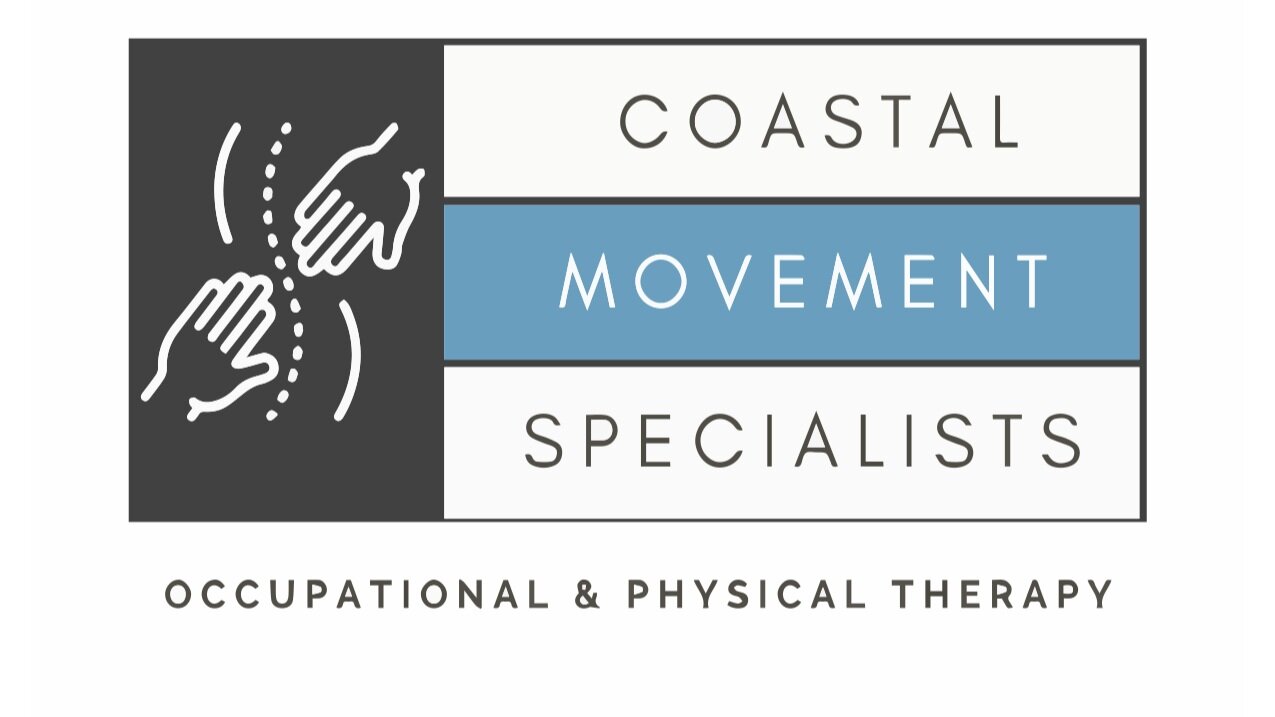Cervicogenic Headache Physical Therapy
Various types of headaches affect about half the population. Most of these are tension or migraine headaches. While most headaches are mild and resolve without treatment, some are severe and can hamper your daily activities. One type of headache, known as a cervicogenic headache, has nothing to do with your head but originates from a neck problem. The trained occupational and physical therapists at Coastal Movement Specialists can help relieve the pain and loss of neck movement associated with these headaches. Contact us today to schedule an appointment in our Johns Island, SC office.
+ What Is a Cervicogenic Headache?
A cervicogenic headache is a pain you perceive in your head, but it originates from a physical injury or medical condition in your neck. Cervicogenic headaches don’t feel like usual headaches and result from a wide variety of issues, from whiplash to sitting all day in the wrong chair at your desk. It is important to know that other headaches, such as migraines, may accompany neck tightness and pain. A cervicogenic headache, however, originates from an actual neck issue.
+ Symptoms
A sudden neck movement that causes head pain may be the first sign of cervicogenic headache. The cervical area of your spine located in your upper neck and the back of your head contains many sensitive structures that can cause several symptoms such as:
- Headache on one side
- Radiating pain from the back to the front of the head or eye
- Stiffness and limited mobility of the neck
- Dizziness and blurred vision
+ Common Causes
Certain medical conditions or excessive strain and stress to the neck are the most frequent causes of cervicogenic headache. The most common medical conditions include rheumatoid arthritis, spondylosis, cervical disc damage, cancer, or infection. The causes of physical injury or stress to the neck include:
- Automobile accidents
- Occupations
- Forward head tilt posture
- Sports injury
+ Risk Factors
Several factors can initiate or worsen a cervicogenic headache, such as:
- Older age
- Poor posture
- Strenuous activities
- Chronic fatigue
- Cervical disc problems
- History of neck injury
- Difficulty sleeping
+ How Is Cervicogenic Headache Diagnosed?
Diagnosing cervicogenic headache may involve one or more of the following:
- Thorough medical history
- Physical examination
- Assessment of symptoms
- Functional assessment of activities
- Medical imaging such as x-rays, MRI, and CT scans
- Selective nerve block injections
+ How Can Physical Therapy Help?
Fortunately, conservative treatment with physical therapy resolves most cervicogenic headaches. Our physical therapists create a custom treatment plan based on the cause and symptoms of your headache. This plan may include:
- Therapeutic exercises
- Functional exercises
- Posture improvement
- Neck strengthening exercises
- Stretching
- Educational strategies to minimize risk factors
- Manual therapy to help reduce muscle tightness
- Range of motion exercises
Schedule an Appointment
Located on Johns Island, SC, Coastal Movement Specialists serves the entire Charleston area. Contact us today to schedule an appointment with our experienced physical therapists.
